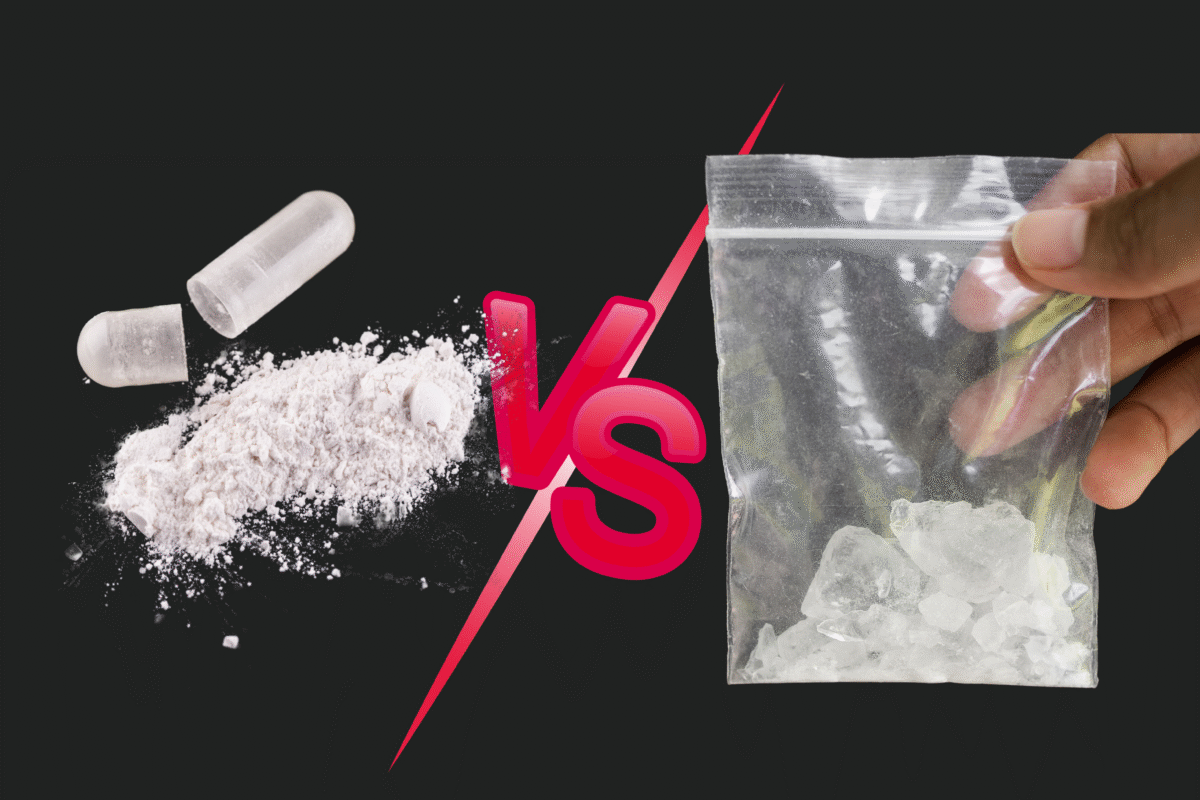Amphetamine is a powerful central nervous system (CNS) stimulant that influences the brain’s chemical signaling pathways. It primarily acts by increasing the availability of the neurotransmitters dopamine and norepinephrine, which play key roles in motivation, focus, and alertness.

When amphetamine enters the brain, it promotes the release of these neurotransmitters from storage vesicles and blocks their reuptake, resulting in higher concentrations in the synaptic cleft. This leads to intensified neuronal communication, causing heightened alertness, increased energy, and improved concentration.
Medically, amphetamine is prescribed for conditions like Attention-Deficit/Hyperactivity Disorder (ADHD) and narcolepsy, where these neurotransmitter systems are underactive. By restoring balance, it helps patients maintain focus and wakefulness.
Amphetamine Effects
The effects of amphetamine depend on the dose, frequency, and context of use. At therapeutic levels, it can significantly enhance attention, reduce impulsivity, and improve cognitive performance in individuals with ADHD.
Short-term effects include:
- Increased alertness and concentration
- Improved mood and motivation
- Suppressed appetite
- Elevated heart rate and blood pressure
However, high or unregulated doses can cause:
- Insomnia and anxiety
- Agitation or paranoia
- Elevated body temperature and heart strain
- Dependence and withdrawal symptoms
Because of these potential risks, amphetamines are classified as controlled substances in most countries, meaning they require a prescription and strict medical supervision.
Amphetamine Mechanism of Action
Amphetamine acts primarily on monoamine transporters—the proteins responsible for the movement of neurotransmitters like dopamine (DAT), norepinephrine (NET), and serotonin (SERT).
- Reuptake inhibition: Amphetamine binds to these transporters, preventing neurotransmitters from being reabsorbed into neurons.
- Reverse transport: It triggers the release of stored neurotransmitters into the synapse.
- VMAT2 interference: Amphetamine disrupts vesicular storage by interacting with the vesicular monoamine transporter (VMAT2), releasing neurotransmitters from vesicles into the cytoplasm.
- TAAR1 activation: It activates trace amine-associated receptor 1 (TAAR1), which regulates transporter activity and further enhances neurotransmitter release.
The net result is a surge of dopamine and norepinephrine in the brain, leading to increased alertness, energy, and focus.
What Does Amphetamine Do for People Without ADHD?
For individuals without ADHD, amphetamines can still increase dopamine and norepinephrine levels, but this often leads to overstimulation rather than balanced improvement.
While some users may experience temporary boosts in energy, focus, or euphoria, these effects come with significant downsides such as anxiety, restlessness, insomnia, and increased heart rate.
Without the neurochemical imbalance present in ADHD, amphetamine use can disrupt the brain’s reward system, increasing the risk of dependence and addiction. For this reason, non-medical use of amphetamines is illegal and potentially harmful.
Does Amphetamine Improve Memory?
Scientific studies suggest that amphetamine can enhance working memory and attention in individuals with ADHD or cognitive deficits, largely by improving prefrontal cortex activity.
However, in healthy individuals, the evidence is mixed. While short-term improvements in vigilance or task focus may occur, these effects do not necessarily translate to better learning or long-term memory retention.
Moreover, chronic or excessive use can impair cognitive performance due to neurochemical depletion and sleep disruption. The key takeaway: therapeutic doses may aid attention, but amphetamines are not “smart drugs.”
Amphetamine vs Methamphetamine
Amphetamine and methamphetamine are chemically similar stimulants, but methamphetamine is more potent and has a longer duration of action due to its higher lipid solubility, allowing it to cross the blood-brain barrier more efficiently.
| Feature | Amphetamine | Methamphetamine |
|---|---|---|
| Medical Use | ADHD, narcolepsy | ADHD (rarely), obesity (some countries) |
| Potency | Moderate | High |
| Duration | 4–6 hours | 8–12 hours |
| Neurotoxicity | Lower risk (therapeutic doses) | Higher risk, especially with abuse |
| Legal Status | Prescription only (Schedule II) | Prescription only or prohibited (varies by country) |
While both drugs act on similar neurotransmitters, methamphetamine produces stronger euphoria and carries a significantly higher risk of addiction and brain damage. Amphetamine, when prescribed and monitored, is safer and medically useful.
Final Thoughts
Amphetamine remains an important medication in modern psychiatry and neurology, but its use requires precision and responsibility. Understanding how it works in the brain, its mechanism of action, and its potential side effects is essential for both patients and healthcare professionals.
When used correctly, amphetamine can transform the lives of people with ADHD or narcolepsy. When misused, it can lead to dangerous health outcomes—proving that context and control make all the difference.
